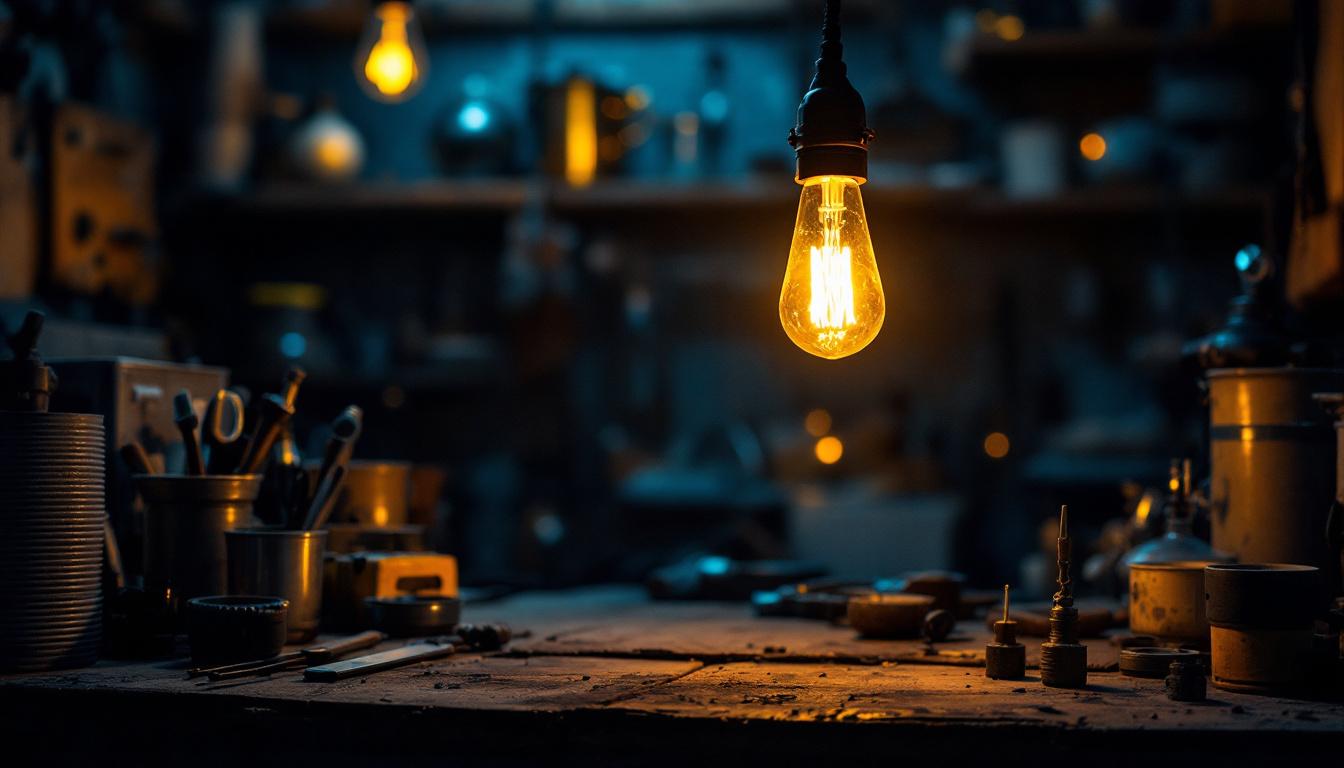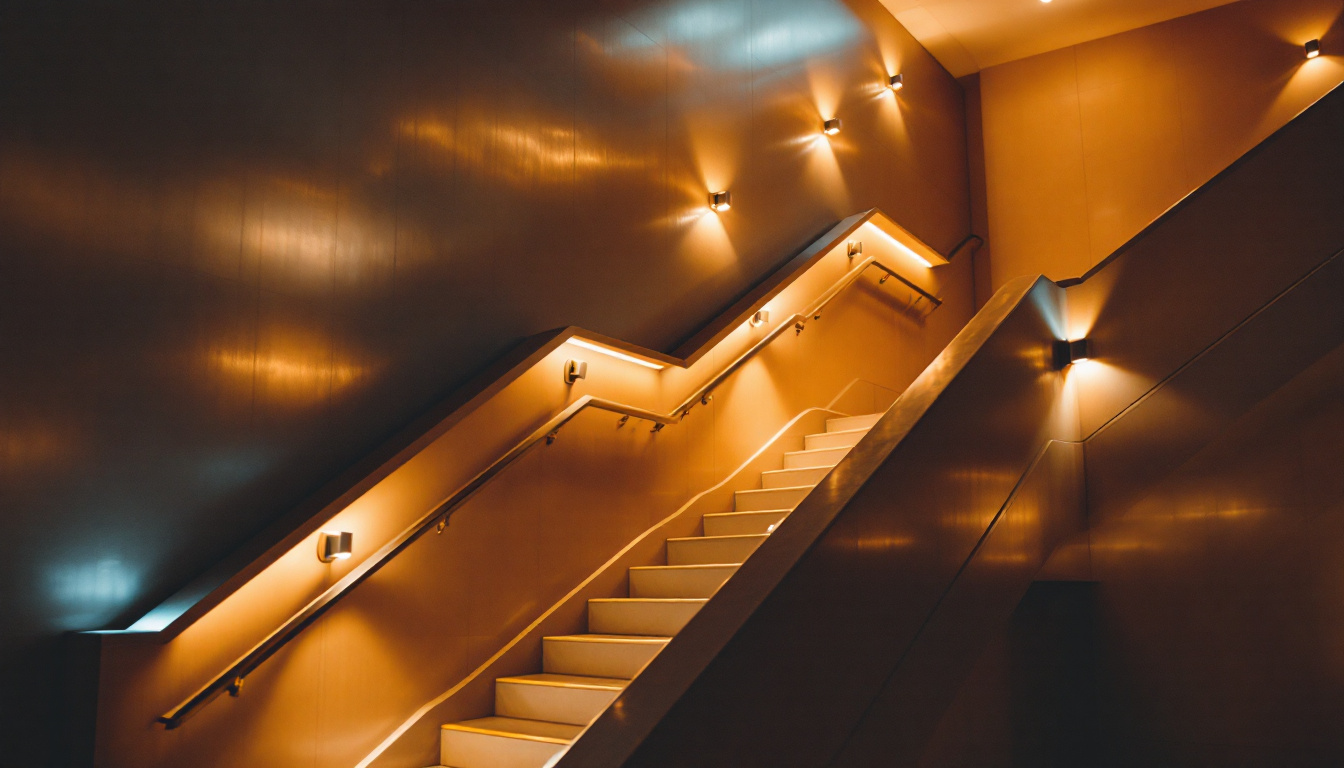In the competitive world of lighting installations, understanding the concept of lumens per square foot is essential for maximizing profitability. This measurement not only influences the quality of light in a space but also impacts energy efficiency, customer satisfaction, and ultimately, the bottom line. As a lighting contractor, mastering this metric can set your business apart from the competition.
Lumens are the standard unit of measurement for the total amount of visible light emitted by a source. Unlike watts, which measure energy consumption, lumens provide a clearer picture of a light source’s brightness. This distinction is crucial for lighting contractors who aim to deliver optimal lighting solutions while maintaining energy efficiency. By focusing on lumens, professionals can ensure that their designs not only meet aesthetic goals but also adhere to sustainability standards, making informed choices that benefit both the environment and the client’s budget.
When designing a lighting scheme, considering the lumens per square foot is vital. This metric helps determine how much light is needed for a given area, ensuring that spaces are adequately illuminated without being over-lit. For example, a retail environment may require higher lumens per square foot to create an inviting atmosphere that encourages shopping, while an office space might prioritize softer lighting to enhance productivity. Additionally, the color temperature of the light, measured in Kelvin, plays a significant role in how lumens are perceived, influencing the overall mood and functionality of the space.
To calculate lumens per square foot, divide the total lumens produced by the light fixtures by the total square footage of the area being illuminated. This calculation can guide contractors in selecting the appropriate fixtures and determining the number of units required for a project. Understanding this calculation allows for more precise proposals and helps in managing client expectations effectively. Furthermore, it is essential to consider factors such as the reflectivity of surfaces within the space, as lighter colors can enhance brightness and reduce the number of lumens needed, while darker colors may absorb light and necessitate a higher output for adequate illumination.
Moreover, the application of lumens extends beyond mere calculations; it also involves understanding the context in which lighting is used. For instance, in residential settings, homeowners may prefer warm, inviting light for living areas, while kitchens and workspaces benefit from cooler, brighter light that enhances visibility and focus. By tailoring the lumens to the specific needs of each area, lighting designers can create harmonious environments that not only look appealing but also function effectively, catering to the diverse activities that take place within those spaces.
Several factors influence the required lumens per square foot for different environments. Recognizing these variables can enhance the effectiveness of lighting installations and improve client satisfaction.
The type of space being illuminated significantly affects lumens per square foot requirements. For instance, a warehouse may need around 10-30 lumens per square foot, while a restaurant could require 30-50 lumens per square foot to create a warm and inviting ambiance. Understanding the specific needs of each environment is crucial for delivering tailored lighting solutions. Additionally, specialized spaces like hospitals or laboratories may demand even higher levels of illumination, often exceeding 100 lumens per square foot, to ensure safety and precision in critical tasks. This variance highlights the importance of a thorough assessment of each environment’s unique characteristics and intended use.
The color and reflectivity of walls, ceilings, and floors can also impact the perceived brightness of a space. Lighter colors tend to reflect more light, potentially reducing the number of lumens needed to achieve the desired brightness. Conversely, darker surfaces absorb light, requiring higher lumens per square foot to maintain adequate illumination. Contractors should consider these factors when designing lighting layouts. Moreover, the finish of the surfaces plays a role; glossy finishes can enhance light reflection compared to matte finishes, further influencing the overall lighting strategy. This interplay between surface characteristics and lighting design underscores the necessity for a comprehensive approach to achieve optimal illumination.
Different tasks require varying levels of illumination. For example, detailed work such as reading or assembling small components may necessitate higher lumens per square foot compared to general ambient lighting. By assessing the specific tasks that will be performed in a space, contractors can better determine the appropriate lighting levels, ensuring both functionality and comfort for users. Furthermore, the layout of the space can affect how light is distributed; for instance, areas where multiple people work together, such as collaborative spaces or classrooms, may benefit from uniform lighting to minimize shadows and enhance visibility. This consideration of task-specific needs not only improves productivity but also contributes to a more pleasant and efficient working environment.
In today’s market, energy efficiency is a top priority for both contractors and clients. By optimizing lumens per square foot, contractors can help clients save on energy costs while enhancing the overall lighting quality.
Selecting energy-efficient fixtures is one of the most effective ways to maximize lumens per square foot. LED technology, for instance, offers high lumen output with significantly lower energy consumption compared to traditional incandescent or fluorescent bulbs. By incorporating LEDs into designs, contractors can achieve the desired brightness while minimizing energy usage, leading to cost savings for clients.
Smart lighting solutions, such as dimmers and occupancy sensors, can further enhance energy efficiency. By adjusting light levels based on occupancy or time of day, these systems ensure that energy is not wasted in unoccupied areas. This approach not only improves energy efficiency but also allows for greater flexibility in lighting design, accommodating varying needs throughout the day.
Educating clients about lumens per square foot and its implications can foster trust and lead to more successful projects. Clear communication about lighting choices, energy efficiency, and design considerations is essential for building strong client relationships.
When discussing lumens per square foot with clients, it is important to set realistic expectations. Clients may have preconceived notions about brightness based on their experiences, which may not align with the technical requirements of their specific space. By providing clear explanations and visual aids, contractors can help clients understand why certain lighting levels are recommended and how they contribute to the overall functionality of the space.
Proper lighting can significantly enhance the user experience in any environment. By highlighting the benefits of adequate lumens per square foot, such as improved safety, productivity, and aesthetics, contractors can demonstrate the value of investing in high-quality lighting solutions. This approach not only justifies project costs but also positions the contractor as a knowledgeable expert in the field.
Real-world examples can illustrate the impact of effective lumens per square foot management in lighting installations. These case studies can serve as compelling evidence of the benefits of proper lighting design.
In a recent retail project, a contractor was tasked with redesigning the lighting for a clothing store. By calculating the required lumens per square foot based on the store’s layout and merchandise, the contractor selected LED fixtures that provided optimal brightness while reducing energy consumption. The result was a well-lit space that enhanced product visibility and improved the shopping experience, leading to increased sales for the client.
Another case involved transforming an outdated office space into a modern, productive environment. The contractor assessed the existing lighting levels and determined that the office required higher lumens per square foot to support employee tasks. By implementing a combination of ambient and task lighting solutions, the contractor created a well-lit workspace that boosted employee morale and productivity, ultimately benefiting the client’s business.
The lighting industry is constantly evolving, with new technologies and trends shaping the way contractors approach their projects. Staying informed about these developments can provide a competitive edge and enhance profitability.
LED technology continues to advance, with improvements in efficiency, color rendering, and lifespan. As these developments emerge, contractors can leverage them to provide even better lighting solutions that meet the evolving needs of clients. Staying updated on the latest LED products and their applications will ensure that contractors remain at the forefront of the industry.
The integration of the Internet of Things (IoT) into lighting solutions is another trend gaining traction. Smart lighting systems that can be controlled remotely or programmed to adjust based on environmental factors are becoming increasingly popular. Contractors who embrace these technologies can offer clients innovative solutions that enhance convenience and energy efficiency.
Maximizing profitability in lighting installations requires a comprehensive understanding of lumens per square foot and its implications for design and energy efficiency. By considering factors such as space type, surface reflectivity, and task requirements, contractors can deliver tailored solutions that meet client needs while optimizing energy use.
Furthermore, educating clients about the importance of proper lighting and setting realistic expectations can foster trust and lead to successful projects. By showcasing successful case studies and staying informed about industry trends, contractors can position themselves as experts in the field, ultimately enhancing profitability.
In a rapidly changing industry, adapting to new technologies and trends is essential for long-term success. By focusing on lumens per square foot and embracing innovative solutions, lighting contractors can not only maximize profitability but also contribute to creating better, more efficient spaces for their clients.
Ready to elevate your lighting installations with the best value in the industry? At LumenWholesale, we provide you with the high-quality, spec-grade lighting products you need to maximize profitability and efficiency in every project. Say goodbye to inflated markups and hello to our unbeatable wholesale prices, backed by the convenience of free shipping on bulk orders. Don’t compromise on quality or cost—choose LumenWholesale for a seamless purchasing experience that aligns with the cutting-edge insights you’ve gained from this article. Discover our extensive selection and start saving today!

Discover the history behind the invention of the light bulb and explore its pivotal role in shaping modern lighting solutions.

Discover why understanding light fixture max wattage for LEDs is crucial for every lighting contractor.

Discover how strategic stairwell lighting can elevate the success of lighting contractors.
Discover essential tips for lighting contractors to prevent common pitfalls with light bulb holders.